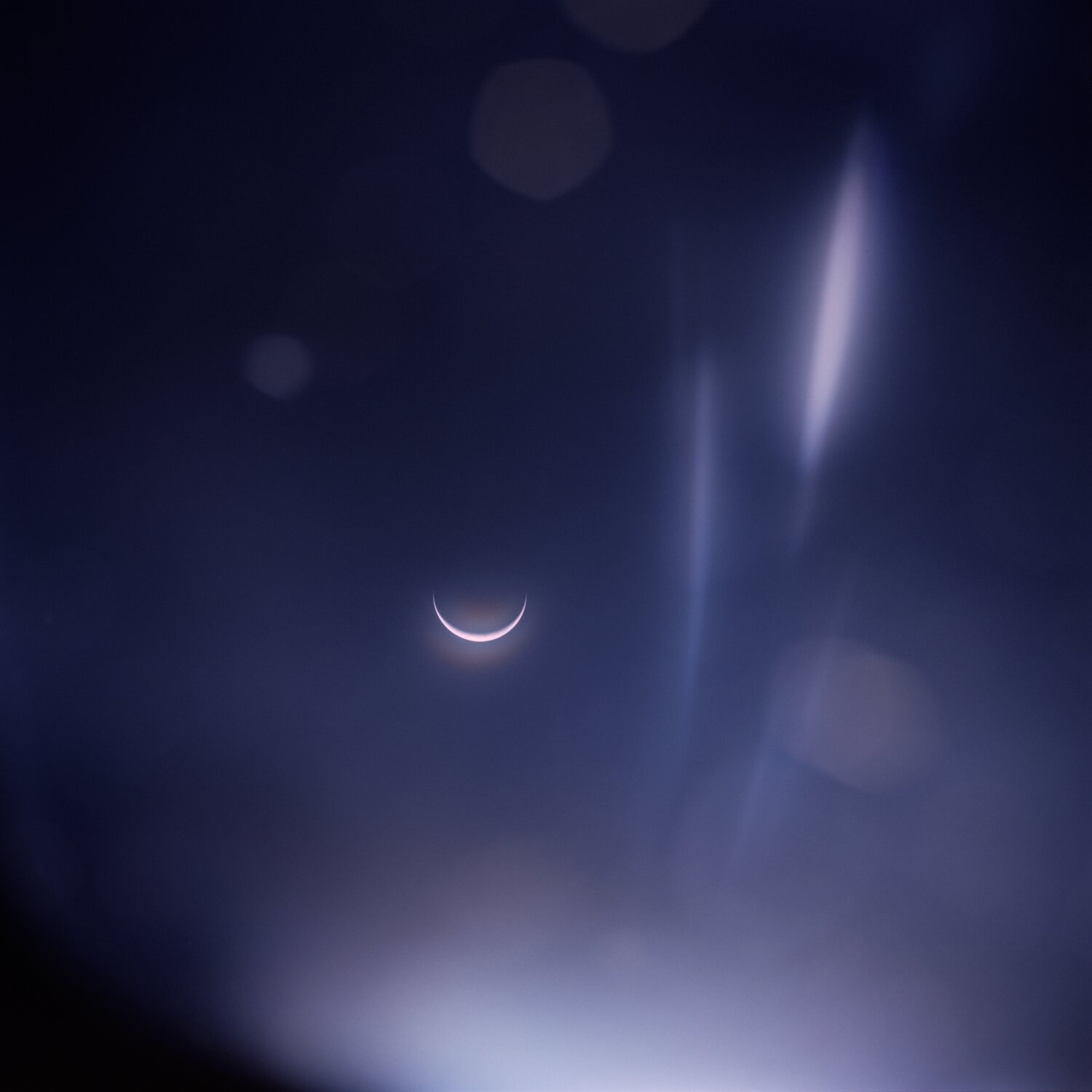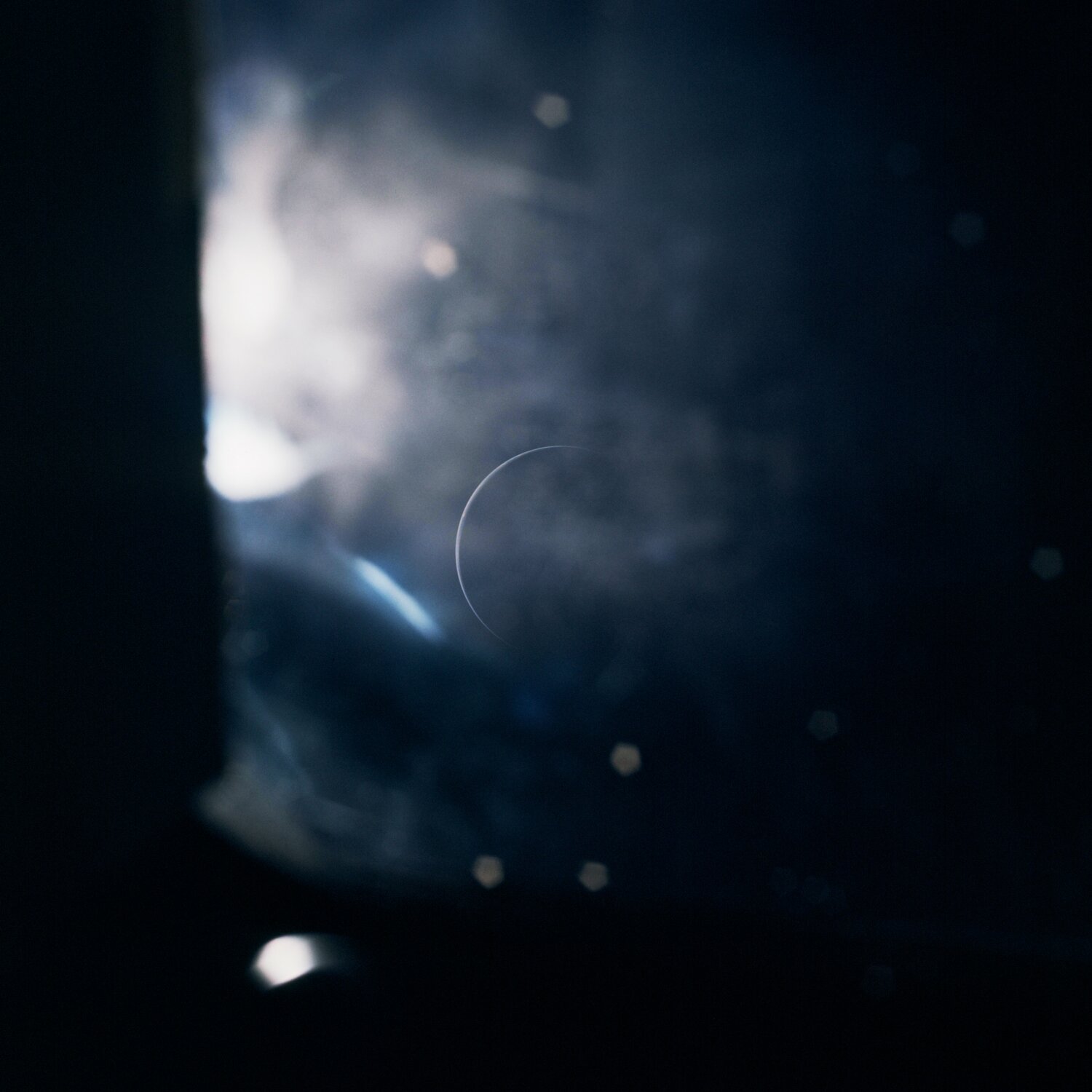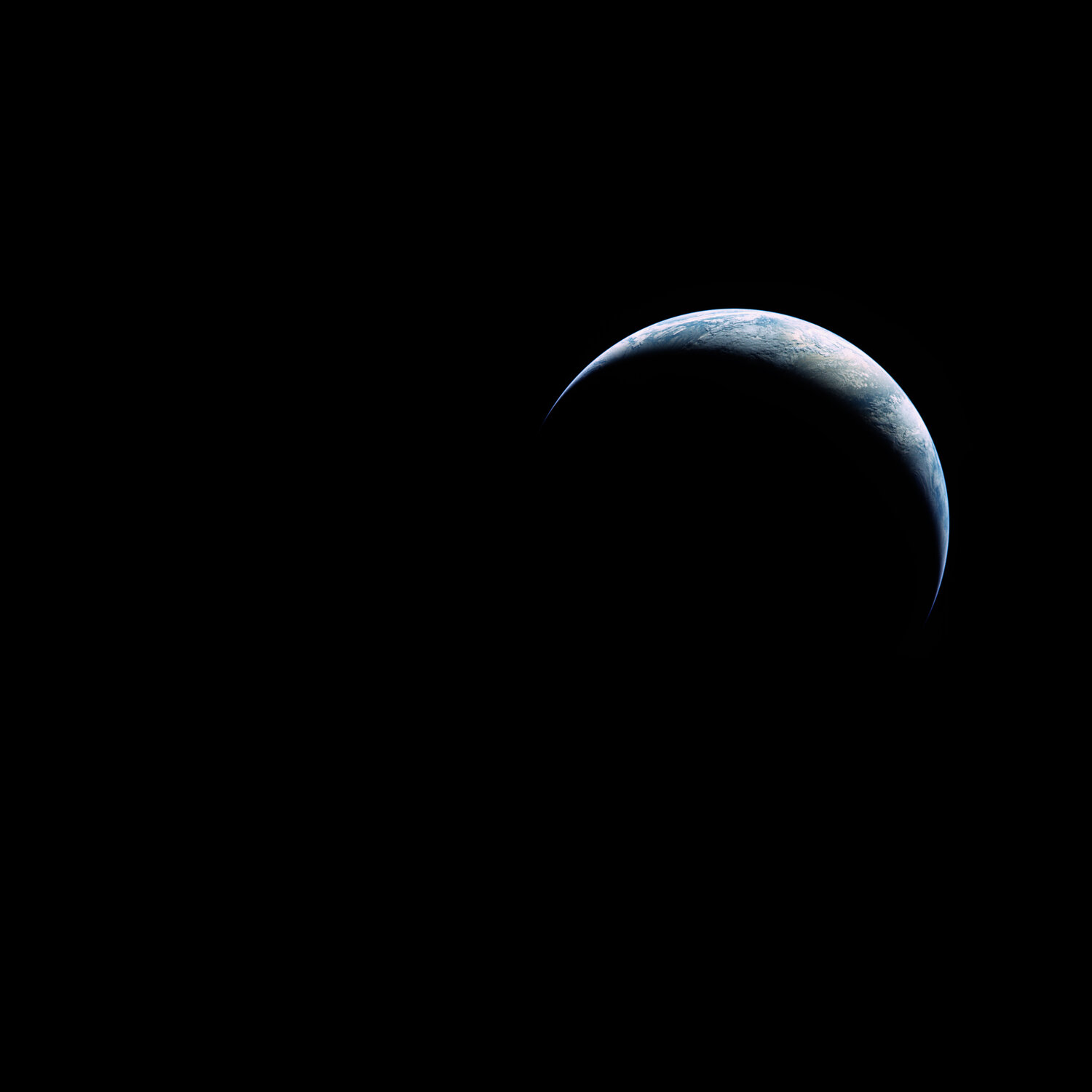





Toby Ord passou longas tardes restaurando fotos tiradas durante as missões Apollo, é um trabalho muito lindo que ele documentou no seu projeto Earth Restored, com detalhes de como essas fotos foram tiradas e de como foi o processo de restauração delas.
Most recent Earth photography is from the International Space Station. It is a superb vantage point, with excellent equipment and skilled photographers. But its position in low Earth orbit is just too close to allow photographs of the entire planet. If the Earth were a schoolroom globe, 30 centimetres across, the ISS would be viewing the Earth from less than a centimetre away — far enough to see a curving horizon and the black of space, but not to see the whole Earth. In fact, being so close, it can see just 3% of the Earth’s surface at a time.
To take a portrait of our planet you need to step further back. For example, to geostationary orbit (about 90 times further away) or the Moon (about a thousand times further). From these distances, you can see nearly an entire half of the Earth’s surface at any one time, while remaining close enough for a sharp image.
[…]
To find truly great photographs of the Earth — portraits of our planet — we have to go back to the 1960s and 70s. The Apollo program, with its nine journeys to the Moon, is the only time humans have ever been beyond low Earth orbit; the only opportunity they have had to take photographs of the whole Earth. They did not waste it. With great foresight, NASA equipped the astronauts with some of the best cameras ever made — specially modified Hasselblads, with Zeiss lenses, and 70mm Kodak Ektachrome film. But with the custom modifications, these were not easy to use. The cameras had no viewfinders or range finders, just a simple sighting ring. Composition, focus, and exposure came down to a mix of intuition and guesswork.
As imagens da NASA estão em domínio público, e Ord permite o uso de suas restaurações para fins não comerciais. Para saber mais, dê uma olhada na página do projeto.
 Pão com Mortadela
Pão com Mortadela